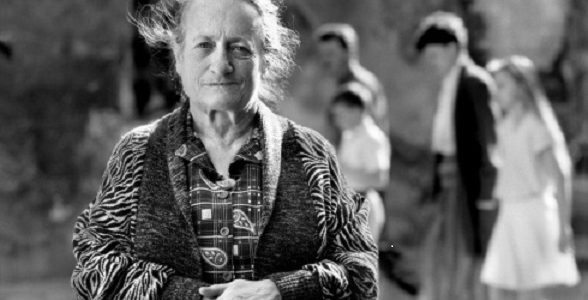by Paulius Jevsejevas
Šiaurės Atėnai (No. 17, 2019)
Antanas Sutkus has photographed a wide variety of people over his career, from famous figures such as Jean-Paul Sartre, Simone de Beauvoir, Jonas Mekas and Marija Gimbutienė to deaf and blind children living on the margins of society.
Even so, the photography in Pro Memoria disturbed me and wouldn’t allow me to build on earlier experience. Not because of some characteristic of the people portrayed, not because of the artistic choices the photographer made, and not because of my own attitudes as viewer. I am disturbed probably because I don’t have any definite words at hand to describe the general photographic situation I found myself in standing in from of these portraits. As I stood looking at those faces at least two different inner voices appeared and engaged in an unnerving inner dialogue.
On one side, we all now know that the people portrayed in this photographs along with hundreds of thousands of others for several long, seemingly endless years were placed beyond the bounds of society, intentionally separated and finally condemned to death. So these people, unlike other Lithuanian people photographed by Sutkus, these people didn’t have any social status at all. The people in the portraits survived, but I cannot forget all those who were murdered, even if I can’t see them: Every face, hand, glance in the series of portraits stands before me like a living body and at the same like a text which contains a story of the dead.
Full text in Lithuanian here.


